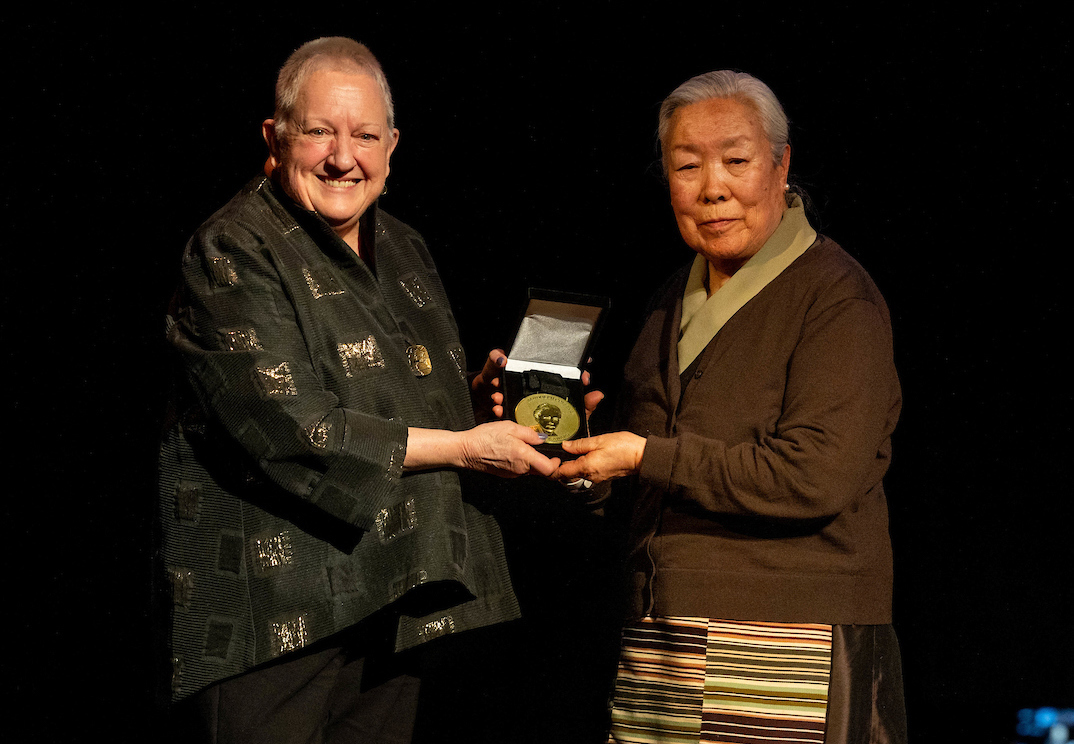By Ugyen Gyalpo
According to The Economist data of 2019, China had spent ten billion dollars annually on soft power amidst the deteriorating global approval ratings of the Chinese Communist Party. China led by the CCP desperately wanted the world to love them. Along with its stratospheric economic and military rise, Xi Jinping following on the footsteps of Hu Jintao, who once announced at a Party member gathering that acquiring soft power or “ruan shili” in Chinese was paramount for the country to become a global force, has only intensified the campaign for promoting China’s soft power to lift its failing global image.
At this juncture of the never ending pandemic world that took birth in Wuhan and the CCP’s initial recklessness in handling the virus and Xi’s evil capacity to hide the magnitude of the danger the Wuhan Virus posed and his brutal lies and unwillingness to share the data and open the country for International Investigation Team, catapulted the cataclysmic endless suffering of the world, that has hitherto continued even to this day from March of 2020 and has drawn the fiery ire and anger of the people around the world.
Today despite China’s spending billions in rebuilding its global image, it has failed miserably in its quest for soft power and we can rest the case here.
No one debate that the Chinese economy is built on the backs of Tibet’s pillaged resources. Since, the Chinese occupation of Tibet, the Chinese Communist Party has destroyed and looted everything. So much so that they have even brazenly stomped into the fabric of Tibetan Spirituality after being an atheist first, by high jacking the reincarnation process of the Panchen Lama with the malicious conspiracy and an end goal to interfere in the reincarnation process of the 15th Dalai Lama. It has for years already installed a fake Panchen Lama, imprisoning the real one. The fate of youngest political prisoners abducted at the age of six, recognized by the present Dalai lama and his entire family is unknown to this day. Many fear that they have all been long killed.
Surprisingly, little did the world know about this that one major symbol of China’s soft power, the Giant Panda, was also stolen from Tibet. Pretty much like they stole our whole land. Very few people know that Pandas are mostly from Tibet and I don’t blame them. Tibetan human suffering and protest is so colossal that advocacy for our Pandas has often taken backstage.
In fact, the majority of Pandas have been inhabiting the mountainous regions of Tibet for thousands of years. They roam freely in the lush bamboo forest of “Wo-Dhom” from the Tibetan language meaning “the place where Panda lives’ into the Sichuan and Qinghai provinces of China today, which is the eastern most mountainous areas of Tibet in the Kham and Amdo region. But ever since China invaded and razed the Tibetan forest to meet their growing demands, exacerbated by poaching of the Pandas for its lucrative furry coats, the number of Tibetan Panda dwindled to such an extent that it was placed as an endangered species and also quickly became the logo of WWF.
Since the latter half of the twentieth century, China has used Tibetan Panda as their national emblem and symbol for peace and friendship. From the era of Mao and Nixon, Panda diplomacy has curried China huge international favors. A Panda given as a gift to Nixon by Mao, instantly set off a frenzied love affair between the Panda and the curious American public. To quote BBC, “For China, Pandas are the equivalent of the British Royal family. You take them around the world and they add an enormous amount to the country’s soft power”
In 2010, just after Denmark’s president approved a memorandum recognizing China’s sovereignty over Tibet owing to China growing dominance in the global economy, a Panda was given as a loan to the Copenhagen Panda project. Germany is also one of the latest beneficiary of China Panda Diplomacy, when Angela Markel was gifted two Panda cubs for the Berlin Zoo. The caveat to the story was when the relationship between Trump led U.S and China was at an all time low, Xi is said to have told Merkel capitalizing on Europe’s growing indifferences with Trump’s policies, that she and Germany can lead the western world just before the G20 summit was to take place.
According to The Times, to paraphrase, when President Barack Obama met with the Dalai Lama, China was so infuriated that in 2010, China insisted that the United States should repatriate two Panda cubs. On the same year, even Austria was also warned to cancel Tibet plans if they seriously wanted a Panda as a loan or a gift. It was crystal-clear that China was using stolen Tibetan Pandas as their own mascot for peace and diplomacy and also using them shamelessly as pawns against the pro Dalai Lama and Tibetan freedom advocacy groups and nations.
China’s huge investment in soft power has also bought over Hollywood screens. Not to mention how big of a market China is to Hollywood and how often we have seen them and their stars kowtow and kiss China’s ass. If you remember, the animation franchise movie Kung Fu Panda became a huge blockbuster. The movie was set in the version of ancient China and the story revolved around the bumbling Panda who won everyone’s heart and imagination. But the sad truth behind the movie of Panda being reduced to an endangered species in Tibet was solely hidden and silenced. More so, just like the cannibalization of Tibetan civilization and culture and cinicization of everything Tibetan, from the names of Tibetan regions on the Chinese maps to now adding the word, Kung Fu before Panda, synonymous to China, as Yoga is to India, has blinded the world and even the Chinese people to think and actually believe that Pandas are from China. They have sold this story on the silver screens and sadly everyone now thinks that Pandas are from China. How blatantly wrong can they get! Just FYI; Pandas are in our folklores and they are still unlike China’s mythical dragon, living and breathing in the mountainous regions and places of Tibet sadly known to the world in Chinese names.
The Tibetan district of “Aba” and Ganze in the Sichuan region of Chinese occupied Tibet is the “official home” of the majority of the Pandas. This same region of Aba and surrounding Tibetan town aroused the attention of the world when wave of self immolations rocked the region and blighted the insanity of China’s oppression inside of Tibet. For non Tibetans, if you look at the Chinese Map today, Tibet is shown as the Tibetan Autonomous Region(TAR), a political move by the CCP to divide and rule. But the fact is, all massive areas east of TAR is twice as big as the Tibetan Autonomous Region and is home to ethnic Tibetan who have been living there for centuries along with our Pandas.
Chinese Communist Party has been fooling the world for decades now. An atheist country with a leader, not a leader rather a dictator, who has forced and even incentivized the Tibetan people to replace his picture into the Tibetan Buddhist altars. With their long game plan, Chinese Communist Party had distorted Tibetan history and sold lies and their own narrative to the world even before the full occupation of Tibet in 1959. Chinese Communist Party was founded little over eighty years ago. But Tibet has been in the pages of history for centuries.
Chinese Communist Party had even installed a fake Panchen Lama, who has become a laughingstock for the Tibetans anyways. China can steal Pandas from Tibet and sell the story that it belongs to China. But just like home is where the heart is, the heart of Panda beats in the mountainous region of Tibet and not in the plains of China. For Tibetans, Panda will always be theirs.
(Views expressed are his own)
The author is a blogger at ‘The Roar of the Snow Lion’. He is a Tibetan living in Woodside, New York.











2 Responses
Invasion of Ukraine is quite reminiscent of 1959 in Tibet. One of the main differences being that Tibet did not have a radioactive forest near Lhasa in 1959, although perhaps there were other sensitive geopolitical areas. The implications of that should not be lost on the whim of how the wind blows at any given moment.
Look at the expressions on the panda by the cartoonist at South China Morningpost. There are plenty of other ethnic minorities in China who likely feel they are under-represented.